ADA-Compliant Web Design: Turning Accessibility into a Competitive Edge
In 1990, the Americans with Disabilities Act (ADA) redefined public access. Ramps appeared, curb cuts became common, and “accessibility” entered the business lexicon. Thirty-five years later, the public square is no longer just brick and mortar—it’s digital. Today, your website is your lobby, showroom, sales floor, and front-desk handshake rolled into one. If it’s not accessible, you’re effectively hanging a “Closed” sign for millions of potential customers.
According to the World Health Organization, more than 1.3 billion people worldwide live with a disability—about 15% of the global population. In the United States, that number is closer to 61 million. Every one of those individuals uses technology differently: some rely on screen readers, others on voice navigation, alternative input devices, or high-contrast modes. When a site isn’t coded or designed to accommodate these realities, visitors leave. And when they leave, revenue, referrals, and brand credibility leave with them.
The Legal Imperative—And the Business Opportunity
Courts have consistently held that websites are “places of public accommodation,” making them subject to ADA requirements. Over the past five years, digital accessibility lawsuits have surged—thousands filed annually, often against small to midsized companies that assumed compliance was optional. These suits aren’t just legal headaches; they’re costly settlements, damaged reputations, and lost focus.
Yet focusing solely on risk misses the bigger opportunity. Accessibility isn’t simply about avoiding lawsuits; it’s about opening doors to new customers, improving usability for all users, and differentiating your brand as one that values inclusion. Businesses that embrace ADA compliance proactively position themselves as trustworthy, socially responsible, and forward-thinking—qualities consumers increasingly reward with loyalty and dollars.
Core Elements of an ADA-Compliant Website
An accessible site isn’t about bells and whistles—it’s about thoughtful, consistent practices that create an equitable experience. Key pillars include:
-
 Perceivable Content
Perceivable Content-
Alternative text for images so screen readers convey meaning.
-
Sufficient color contrast between text and background to help visually impaired users.
-
Transcripts and captions for multimedia so auditory information isn’t lost.
-
-
Operable Interfaces
-
Full keyboard navigation for users who cannot operate a mouse.
-
Clear, consistent menus and focus indicators so users always know where they are.
-
Adequate time limits and pause controls on carousels or slideshows.
-
-
Understandable Structure
-
Logical heading hierarchies for screen reader efficiency and SEO.
-
Plain-language prompts and error messages.
-
Predictable page behavior—no unexpected pop-ups hijacking focus.
-
-
Robust Code
-
Clean HTML compliant with assistive technologies.
-
ARIA (Accessible Rich Internet Applications) attributes where necessary.
-
Testing across multiple browsers, devices, and screen readers.
-
Adherence to the Web Content Accessibility Guidelines (WCAG)—currently at version 2.2—is the industry benchmark. Meeting WCAG standards isn’t just a checklist; it’s an ongoing commitment, especially as technology and expectations evolve.
The Ripple Effect: SEO, UX, and Brand Trust
Interestingly, what benefits accessibility often strengthens your entire digital strategy:
-
SEO Gains – Properly labeled content, semantic HTML, and structured data make it easier for search engines to crawl, index, and rank your pages.
-
Better Mobile Experience – Responsive, accessible design translates smoothly to smaller screens, reducing bounce rates and improving conversions.
-
Customer Loyalty – When users feel respected and included, they’re more likely to return, refer, and engage.
-
Reputation & ESG Alignment – Accessibility demonstrates genuine social responsibility—a growing factor in B2B and B2C decision-making.
 Where Many Businesses Fall Short
Where Many Businesses Fall Short
Despite clear benefits, many organizations delay accessibility because of misconceptions:
-
“It’s too expensive.” In reality, building accessibility in early is less costly than retrofitting after complaints or lawsuits.
-
“It’s only for government entities.” The ADA applies to private businesses offering goods or services to the public, including purely online companies.
-
“It’s just adding alt-text.” True compliance touches design, development, content strategy, and QA testing.
Procrastination carries both legal and reputational risk. Consumers increasingly hold brands accountable; inaccessible sites can spark viral criticism overnight.
How Pilgrim Consulting Helps
Pilgrim Consulting partners with businesses ready to transform compliance from a burden into a competitive advantage. Our approach is collaborative and results-driven:
-
Accessibility Audits & Gap Analysis
We benchmark your site against WCAG standards, flag high-risk issues, and deliver actionable recommendations prioritized by impact and effort. -
Strategic Redesign & UX Upgrades
Our design team integrates accessibility from the ground up—color palettes, typography, form structure, and navigation flow. -
Developer Enablement & Remediation
Clean, semantic code with ARIA enhancements ensures compatibility with assistive technologies. We handle new builds or retrofit legacy sites. -
Testing & Validation
Manual and automated testing with real assistive tools ensures your site performs for actual users, not just checklists. -
Ongoing Compliance Monitoring
Accessibility isn’t “set and forget.” We offer continuous monitoring, periodic audits, and staff training to maintain standards as your site evolves.
 Accessibility Is Good Business
Accessibility Is Good Business
Think of ADA compliance as universal design for the web. Just as automatic doors help parents with strollers as much as wheelchair users, accessible websites help everyone—faster navigation, clearer content, fewer frustrations. Businesses that prioritize inclusivity see measurable ROI in:
-
Wider Audience Reach
-
Reduced Abandonment Rates
-
Positive Public Relations
-
Improved Employee Morale (pride in representing an inclusive brand)
By choosing inclusion now, you future-proof your digital presence against legal risk, shifting consumer expectations, and technological change.
The Bottom Line
Every click on your site is an opportunity—or a missed connection. Making your website ADA-compliant isn’t simply an act of legal prudence; it’s a declaration that all customers matter. Pilgrim Consulting helps companies like yours move from compliance anxiety to digital confidence, aligning your web presence with both ethical duty and strategic growth.
If your website isn’t accessible today, tomorrow’s opportunity is already slipping away. Let’s open your digital doors—wide.
Quick Q&A:
-
What does ADA compliance mean for a website?
It means your site meets standards ensuring people with disabilities can access, navigate, and interact with your content. -
Is ADA compliance legally required?
Yes—courts increasingly apply ADA standards to websites, and lawsuits continue to rise. -
How does accessible design improve SEO?
Semantic structure, alt-text, and clear navigation align with search engine best practices, boosting rankings. -
What’s the difference between WCAG and ADA?
ADA is U.S. law; WCAG provides the technical guidelines widely accepted to meet ADA requirements. -
How expensive is compliance?
Cost depends on site complexity, but building accessibility early is far cheaper than legal action or retrofits. -
Does accessibility only help people with disabilities?
No—clearer navigation, captions, and responsive layouts improve UX for all users. -
How soon can Pilgrim Consulting make my site compliant?
Audit and remediation timelines vary, but many sites see major improvements within weeks. -
Can my current developers handle compliance?
If trained on WCAG standards, yes—but we often collaborate or train in-house teams for lasting results. -
What happens if I ignore ADA requirements?
You risk lawsuits, negative press, lower SEO, and alienating a large customer segment. -
Does compliance guarantee higher conversions?
Accessibility isn’t a magic wand, but lower friction, better UX, and broader reach consistently drive measurable gains.


 Where Many Businesses Fall Short
Where Many Businesses Fall Short Accessibility Is Good Business
Accessibility Is Good Business